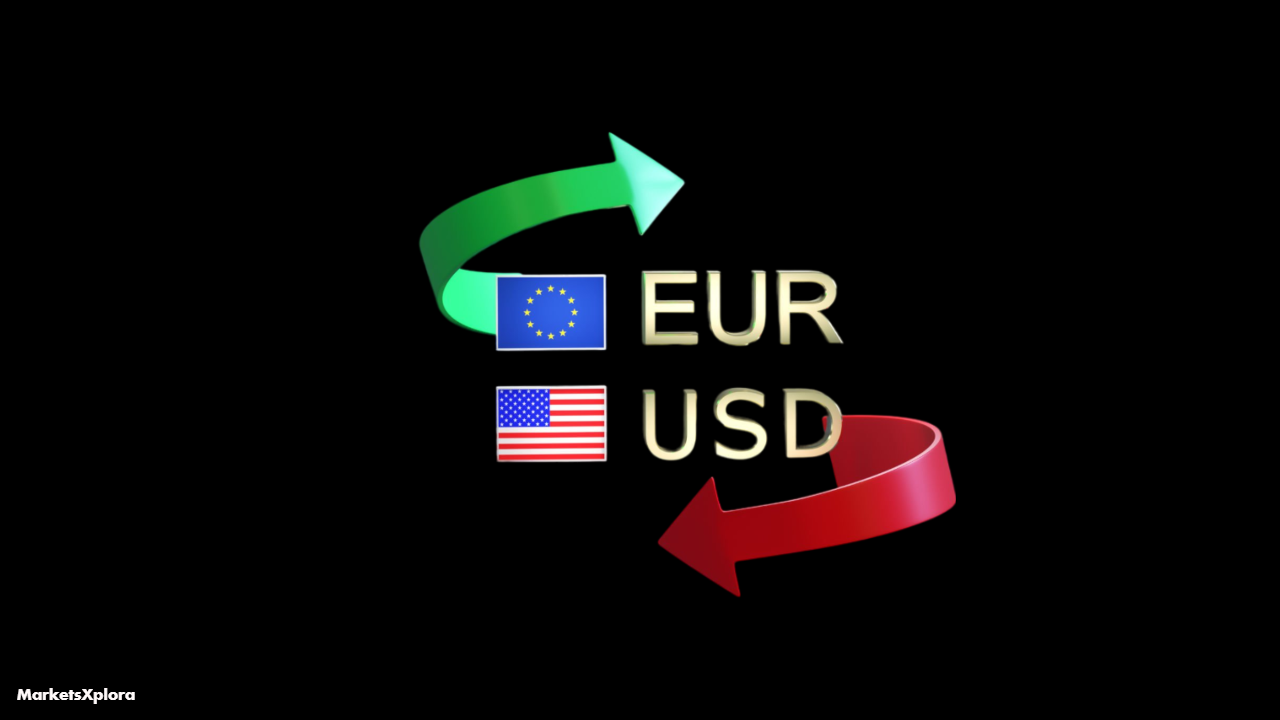Key Insights
- EUR/USD extended gains for the third consecutive week, reaching 1.0900 level
- Weakening US Dollar due to lower inflation and cooling labor market boosted EUR
- ECB officials hint at potential rate cuts, but EUR gains may be temporary
EURUSD Fundamental Outlook
The euro has been on a roll, notching its third consecutive week of gains against the US dollar and briefly touching the 1.0900 mark – a level not seen since early June. This impressive run can be largely attributed to a perfect storm of factors weighing on the greenback.
Leading the charge was a notably softer US inflation print for June, which fell short of market expectations. This data point, coupled with signs of a cooling labor market, has reignited hopes for not just one, but potentially two or even three Federal Reserve rate cuts before year-end. The dollar index (DXY) reflected this shift in sentiment, tumbling to five-week lows near 104.00.
Fed Chair Jerome Powell’s semi-annual testimony to Congress did little to stem the dollar’s decline. While Powell maintained the Fed’s data-dependent stance, his lack of pushback against rate cut expectations left the door open for further dollar weakness.
Meanwhile, the European Central Bank (ECB) has been relatively quiet, save for a few notable comments. Dutch central bank chief Klaas Knot suggested that while a July rate cut was off the table, the September meeting remained “open.” ECB Governing Council member Fabio Panetta echoed this sentiment, hinting at the possibility of gradual rate reductions without compromising the current disinflationary trend.
However, it’s worth noting that the euro’s gains may prove temporary. The US economy, despite some softening, still appears on track for a soft landing. Furthermore, the looming possibility of a second Trump presidency could provide fresh support for the dollar in the medium term.
EURUSD Technical Analysis

Turning to the technical picture, EUR/USD’s break above the crucial 200-day Simple Moving Average (SMA) at 1.0803 has opened the door for further upside.
The pair now faces immediate resistance at the July high of 1.0900, followed closely by the June peak at 1.0916. A convincing break above these levels could see the euro target the March high of 1.0981 and potentially the psychologically important 1.1000 handle.
On the flip side, should sellers regain control, the 200-day SMA at 1.0803 represents the first line of defense. A break below this level could expose the June low of 1.0666, with further support found at the May low of 1.0649 and the 2024 bottom of 1.0601.
As we head into a new trading week, all eyes will be on upcoming economic data and central bank communications for clues on whether EUR/USD can sustain its upward momentum or if we’re due for a dollar comeback.


